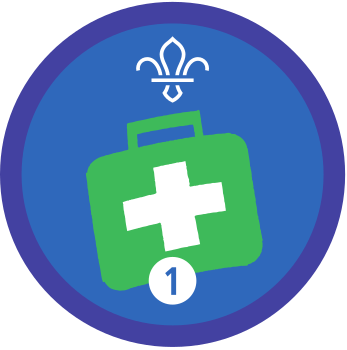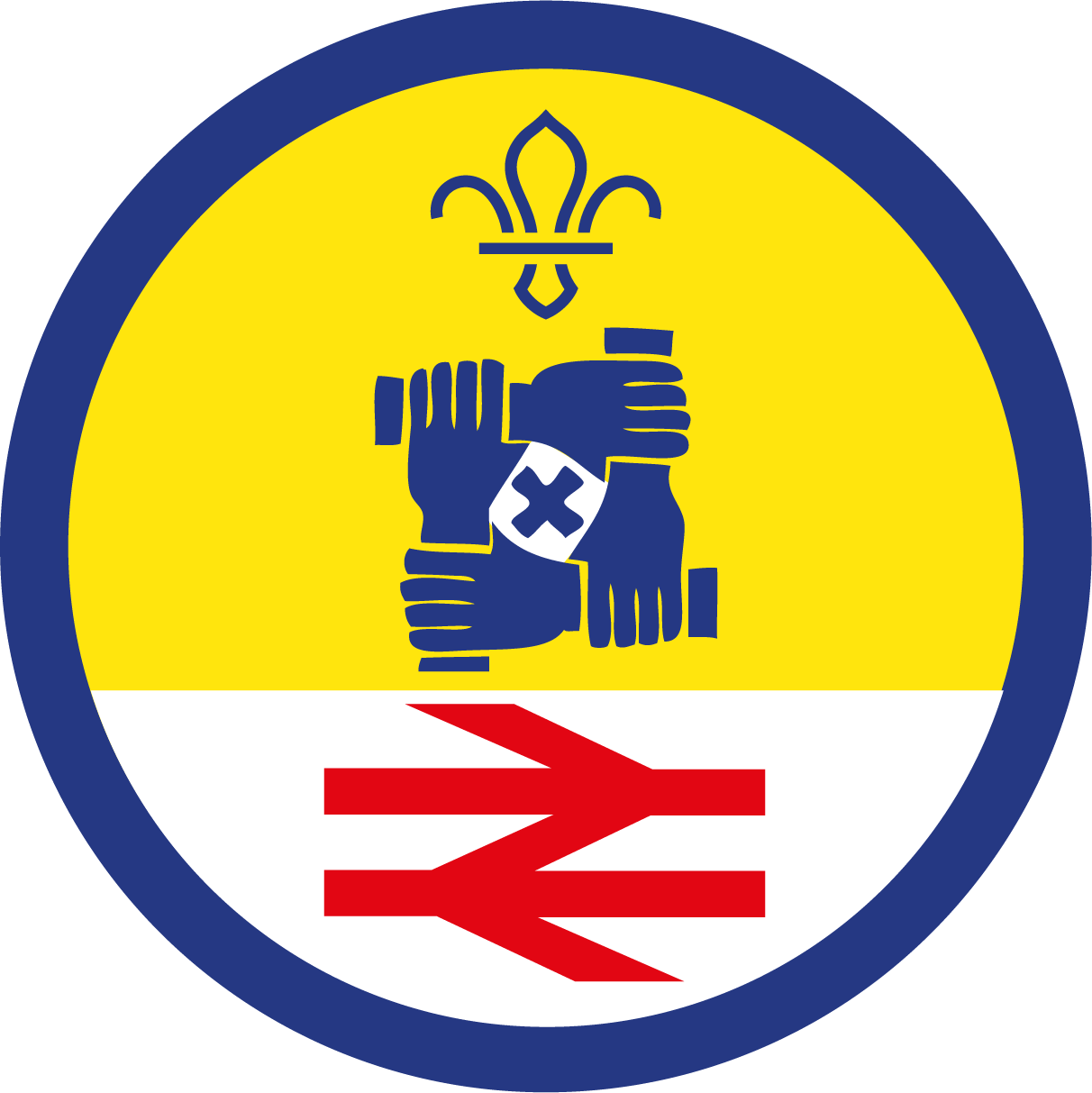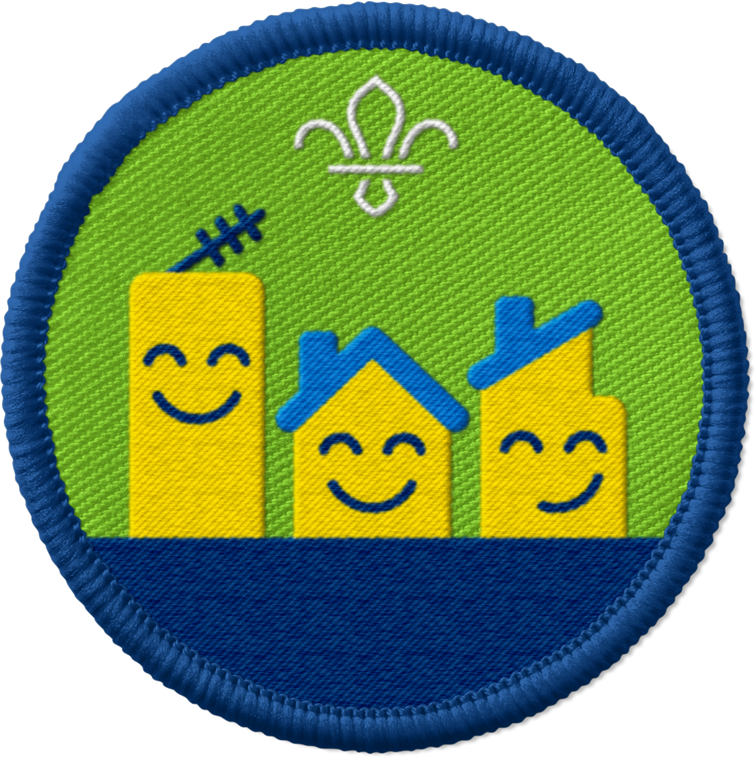
Emergency superheroes
You’ll need
- Scissors
- Bowls
This first aid advice section from St John Ambulance examines a range of common conditions and explains how you can treat them using first aid.
First aid tips, information and adviceBefore you begin
- Print out the ‘Accident scenarios’ cards and the ‘Call handler questions’ sheet
- Cut up the ‘Accident scenarios’ cards and place in a bowl or box at one end of the hall.
Who to call, and when
- The person leading the activity should gather everyone in a circle and ask if they know the right emergency number to contact either police, fire or ambulance.
- Everyone in the circle should name a situation when they might have to call 999, such as a fire, a traffic accident, or if someone is injured or unconscious.
- Going around the circle again, everyone should name a time they shouldn’t call 999.
Play scenario superheroes
- The person leading the activity should divide the group in half: one half are callers, and the other are call handlers.
- The callers should pick an ‘Accident scenarios’ card from the bowl, while the call handlers should take a ‘Call handler questions’ sheet.
- Everyone should mingle around the room.
- The callers shout out ‘help help’ (to show they’re trying to get help before calling 999) and then mime dialing 999.
- The call handlers should pair up with a caller and ‘answer’ their call by asking them about their emergency using the ‘Call handler questions’ sheet.
Reflection
This activity explored what to do in emergencies, so everyone’s prepared in case they witness or are involved in one. It’s important that everyone knows what to do even though it’s very rare to make an emergency call. How did they feel making the call? Was it helpful having someone calm and helpful to talk to? Call handlers use questions to help callers and always explain what needs to happen.
Everyone should think about the differences between being a caller and handler. Did they feel more confident asking the questions? Did it get easier with time? Were there any questions they’d add to the script, or any detail they struggled to get from callers? The person leading the activity should make sure everyone knows that they can call 999 free of charge from any phone. And everyone should be aware that if they ever make a 999 call for real, they should talk to their friends and family about it afterwards, especially if it was challenging or traumatic.
Safety
All activities must be safely managed. You must complete a thorough risk assessment and take appropriate steps to reduce risk. Use the safety checklist to help you plan and risk assess your activity. Always get approval for the activity, and have suitable supervision and an InTouch process.
- Scissors
Supervise young people appropriately when they’re using scissors. Store all sharp objects securely, out of the reach of young people.
Instead of using scenario cards, ask pairs to act out a situation. One person might be injured or ill, while the other asks about their injuries and makes the emergency call.
Adults could read the cards and prompt with questions as necessary.
All Scout activities should be inclusive and accessible.
Ask a local emergency service, the British Red Cross or St John Ambulance if they’re able to send someone to speak to the group about dealing with emergency situations.
Encourage young people to create their own scenario cards and call handler question sheets.


